Energising Coaching: Unveiling the Wealth in Giving
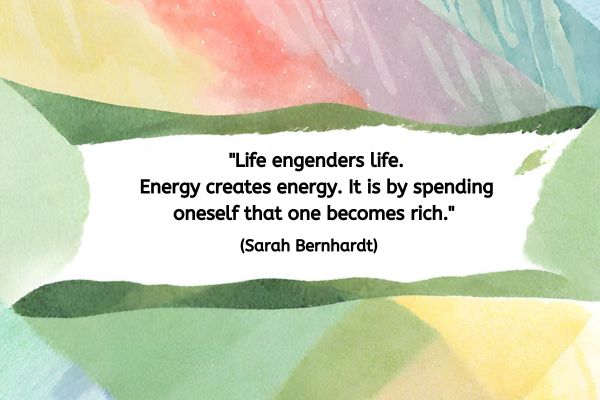
Today’s quote is:
“Life engenders life. Energy creates energy. It is by spending oneself that one becomes rich.” (Sarah Bernhardt)
Do you agree with this quote? How does it relate to your coaching approach? There are numerous coaching methodologies, each unique and valid. I’m not here to impose judgments on your approach, but rather, let’s explore the resonance of this quote within the diverse landscape of coaching philosophies. I invite you to consider how it relates to you and your coaching.
The Assumption Trap:
This quote prompts contemplation on assumptions we might make in coaching. Have you ever refrained from asking a question or exploring a topic because you assumed it wasn’t relevant to your client’s context? It’s crucial to differentiate between making assumptions and respecting your client’s explicit preferences. Are you giving your clients the option to explore all dimensions, or are you unintentionally limiting the scope?
My personal take is that I think I do my clients a dis-service not to give them a choice. Depending upon the client, and in all honesty sometimes it has just as much to do with my insecure thinking around a topic, I may include something in our initial conversation or first session. So I may word it along the lines of “It may be that at some point – for example if you don’t bring a topic to the session, I will invite you to look at a topic you have no interest in exploring – that’s OK in that situation we can easily look at something else instead I just don’t want to presume and make an assumption to skip having a conversation that may be of value to you. I want you to know at this stage that its OK to be honest, in fact that’s my prefered way of ensuring you get the most from our work together.”
Navigating the Energy Terrain:
For coaches, the concept of energy can be multifaceted. Do you incorporate discussions around energy into your coaching practice? How do you frame it? Is there a balance between acknowledging energy levels without veering into territory you and/or your clients perceive as “woo-woo” or spiritual, especially in certain professional settings? Is this something you’ve encountered? You’re welcome to share your experiences in engaging with the concept of energy in your coaching sessions in the coments.
Energising coaching
Do your clients report that they find that they are energised after a coaching session with you? What do you make of that?
Personally, I get a lot of feedback, particularly when we first start, that clients feel like a wight has been lifted off their shoulders or they feel more energised after coaching. This makes sense to me as often during the session clarity is found and all that muddy thinking, which often has a draining feeling to it, settles down. So clients notice their natural underlying energy, motivation etc far easier when all that muddy thinking isnt drowning that out..But that’s my coaching, style and approach – what about you? What’s your experience?
Wealth in Giving:
Reflect on instances in your coaching journey when you invested energy and witnessed the tangible outcomes. Does this quote resonate with those experiences? How do you interpret the concept of ‘becoming rich’ through the act of spending oneself? Are there stories or insights you can share that align with the essence of this quote?
Does this quote inspire a coaching question or technique for you? Perhaps it prompts a reflection on the reciprocal nature of energy in coaching relationships. Share your coaching-related insights sparked by this quote.
Join the Conversation:
I invite you to join the conversation! Share your thoughts, experiences, and reflections in the comments below. How does this quote align with your coaching philosophy? .
About Jen Waller

Jen Waller is on a mission to support, nurture and encourage coaching skills and talents from non-coach to coach and beyond.
As an experienced coach and trainer Jen is happy to utilise all skills at her disposal to assist clients from getting out of their own way and making a difference in the world with their coaching. Find out more about the
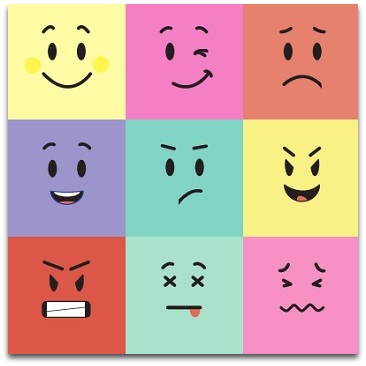
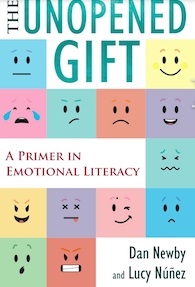 Dan Newby trains and mentors coaches, works with organizations to elevate their emotional literacy, facilitates emotions workshops and is co -author of “The Unopened Gift: A Primer in Emotional Literacy” available on Amazon and Kindle. He lives near Barcelona, Spain and work worldwide with individuals and organizations. He offers on-line training courses in Coaching & Emotions through www.studyemotions.com. If you’d like to contact him directly his email address is
Dan Newby trains and mentors coaches, works with organizations to elevate their emotional literacy, facilitates emotions workshops and is co -author of “The Unopened Gift: A Primer in Emotional Literacy” available on Amazon and Kindle. He lives near Barcelona, Spain and work worldwide with individuals and organizations. He offers on-line training courses in Coaching & Emotions through www.studyemotions.com. If you’d like to contact him directly his email address is 

 “The energy of the mind is the essence of life.”
“The energy of the mind is the essence of life.”
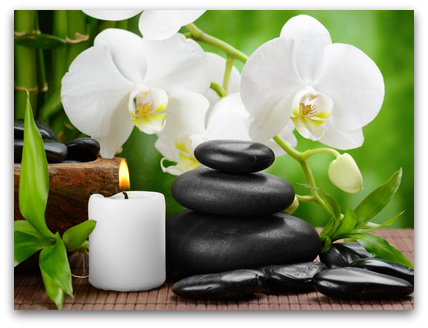
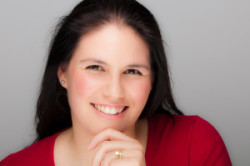 Frederique Murphy is a mindset strategist, who specialises in the areas of Inspirational Strategy, Leadership, Communication, Change, Impact, and Achievement. Thanks to her Mountain Moving Mindset platform, Frederique provides individuals, corporate executives, and entrepreneurs with a wealth of mindset resources to help them strategise with vision, design with clarity, plan with focus, and lead with momentum. She shares her M3 Power through her transformational range of innovative products, coaching services, #1 Amazon Best Seller book, award-winning blog, articles and newsletters, unforgettable talks and life-changing events. She believes in guiding her clients through unforgettable journeys towards their own true wealth as they become the true leaders of their life, career and business. For more information on Frederique’s transformational range, visit
Frederique Murphy is a mindset strategist, who specialises in the areas of Inspirational Strategy, Leadership, Communication, Change, Impact, and Achievement. Thanks to her Mountain Moving Mindset platform, Frederique provides individuals, corporate executives, and entrepreneurs with a wealth of mindset resources to help them strategise with vision, design with clarity, plan with focus, and lead with momentum. She shares her M3 Power through her transformational range of innovative products, coaching services, #1 Amazon Best Seller book, award-winning blog, articles and newsletters, unforgettable talks and life-changing events. She believes in guiding her clients through unforgettable journeys towards their own true wealth as they become the true leaders of their life, career and business. For more information on Frederique’s transformational range, visit 